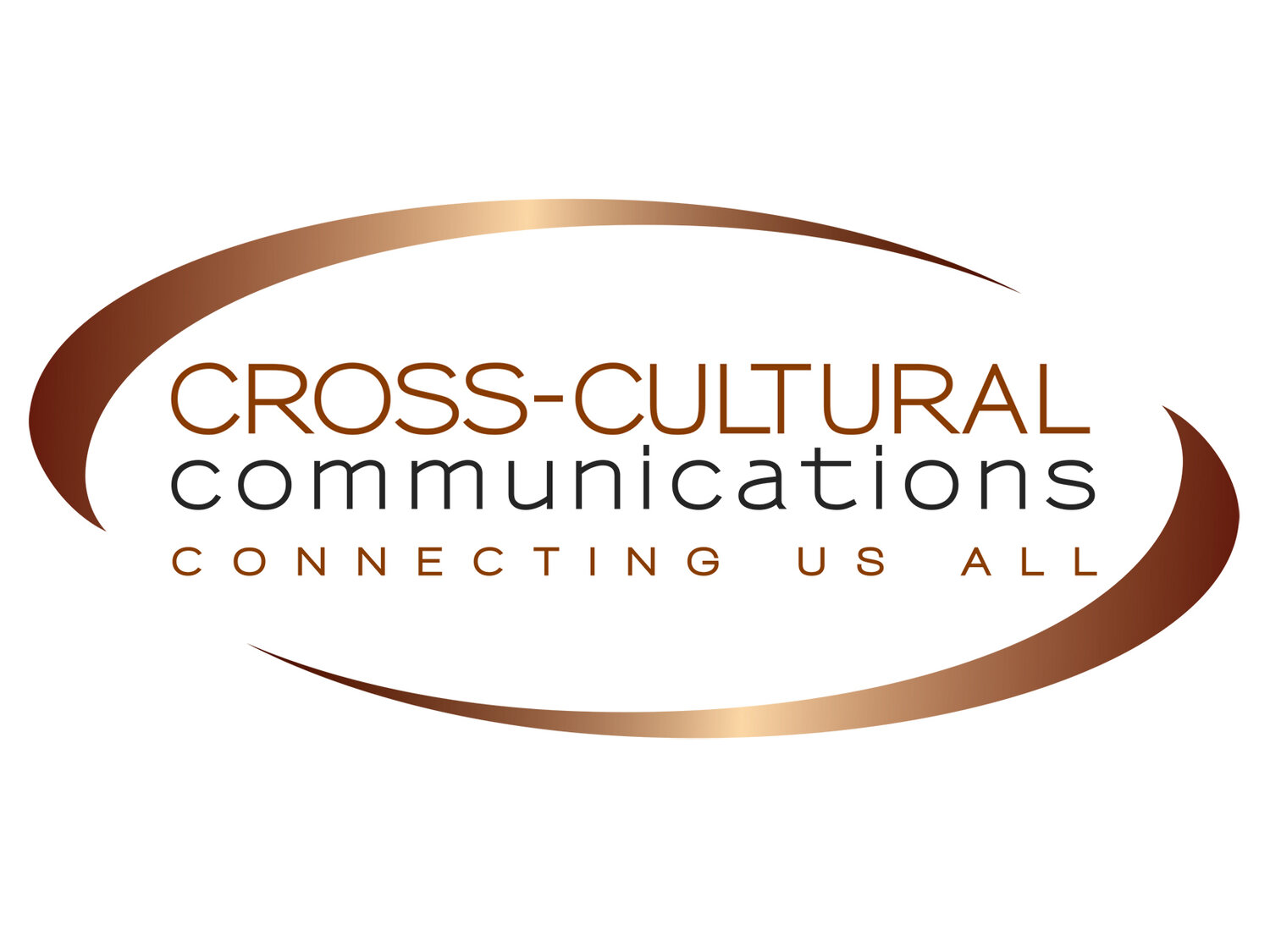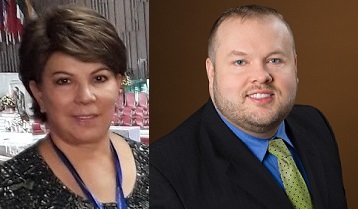Interpreting Specializations
Interpreting can be found wherever communication is needed between two parties who do not share a common language. From the routine to the unusual, from individuals to heads of state, interpreters build bridges and forge stronger, more productive connections in a variety of settings.
Community Interpreting
“Bidirectional interpreting that takes place in communicative settings...among speakers of different languages for the purpose of accessing community services”
In other words, community interpreting is a specialization of interpreting that facilitates access to community services for individuals who do not speak the language of service.
Community interpreting is an umbrella term that includes:
Medical (Healthcare) Interpreting
Educational Interpreting
Social Services Interpreting
In some countries, such as Spain and the UK, public service interpreting is the official name for community interpreting.
The Autonomous University of Barcelona (UAB) produced a series of videos in Spanish and Catalan with English subtitles about public service interpreting. Many of them start with film vignettes that show community interpreters in action—often making mistakes.
These videos are part of a special project called Public Service Interpreting and the Challenges of the New Millennium.
Medical Interpreting (also known as Healthcare Interpreting)
Medical interpreting involves interpreting for patients, their families and healthcare providers. In other words, it is a specialization of community that facilitates access to healthcare. Medical interpreters may be bilingual staff (e.g. doctor, nurse, phlebotomist, receptionist, etc.), staff interpreters or contract interpreters.
Medical interpreters work in these settings, among others:
Hospitals
Rehabilitation facilities
Physician’s offices
Mental health clinics
Assisted living facilities
Here’s a wonderfully informative podcast on medical interpreting with guest speakers Esther Diaz and Manuel Higginbotham, national experts on language access. They are especially well-known in Texas, given their strong ties to the Texas Association of Healthcare Interpreters and Translators (TAHIT). This podcast addresses language access laws, interpreting certifications and why family members should never interpret!
Educational Interpreting
Educational interpreting involves interpreting for students, their families and educational providers (e.g. teachers, administrators, counselors, etc.). It takes place in educational settings such as:
Public and private primary and secondary schools
Before- and after-school programs and events
Community colleges and universities
The March-April 2019 edition of the ATA Chronicle featured the article: Educational Interpreting 101: It’s a Lot Harder than It Looks by two leading figures in the educational interpreting field.
Social Services Interpreting
Social services interpreting involves interpreting for individuals, their families and social services providers. It takes place in social services settings such as:
Refugee and resettlement services
Public housing
Domestic violence and sexual assault agencies
Job training programs
Transportation services
Libraries
Multicultural events and festivals
Faith-based Interpreting
Faith-based interpreting involves interpreting for members and organizers of religious organizations. It takes place in faith-based settings such as:
Churches
Synagogues
Mosques
Temples
Legal Interpreting
“Interpreting related to legal processes and proceedings, including but not limited to lawyer-client representation, prosecutor-victim/witness interviews and law enforcement communications. ”
Legal interpreting is often confused with court interpreting, which takes place strictly in courtrooms. Legal interpreting encompasses court interpreting but also covers interpreting in any legal setting or for any situation that may have legal ramifications. This places legal interpreting in a gray area that straddles strictly legal settings and community settings. Some examples of out-of-court legal interpreting settings include:
Police stations
Prisons and detention centers
Immigration offices
Office of human rights
Mediation and arbitration offices
Lawyer’s offices
Conference Interpreting
Conference interpreting involves interpreting for speakers and attendees at conferences and events for private and governmental agencies. Two of the most frequently cited organizations that use conference interpreting are the United Nations and the European Union. (The actress Nicole Kidman in the movie The Interpreter, often embodies what people think of as a professional interpreter!)
Here’s a fantastic video narrated by Barry Slaughter Olsen, VP of Communications at KUDO and former Co-President of InterpretAmerica. It provides an educational (and entertaining!) overview of interpreting, with a special focus on conference interpreting.
Business Interpreting
Business interpreting involves interpreting for two or more parties in a business setting such as:
Board meetings
Annual shareholder meetings
Negotiations
Company visits
Construction sites
Other Interpreting Specializations
Media Interpreting
Escort Interpreting
Tourism Interpreting
Military Interpreting
Among others!











